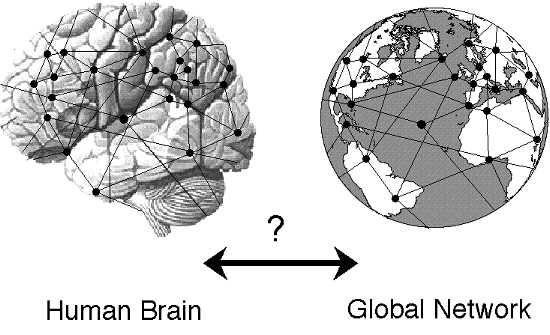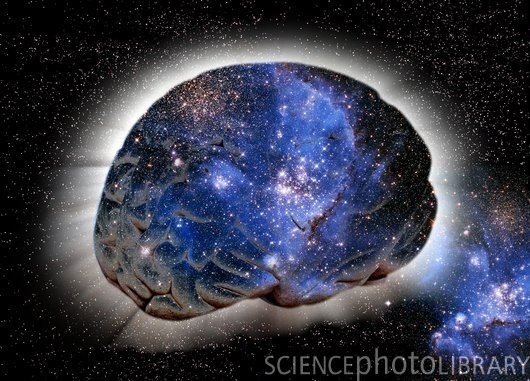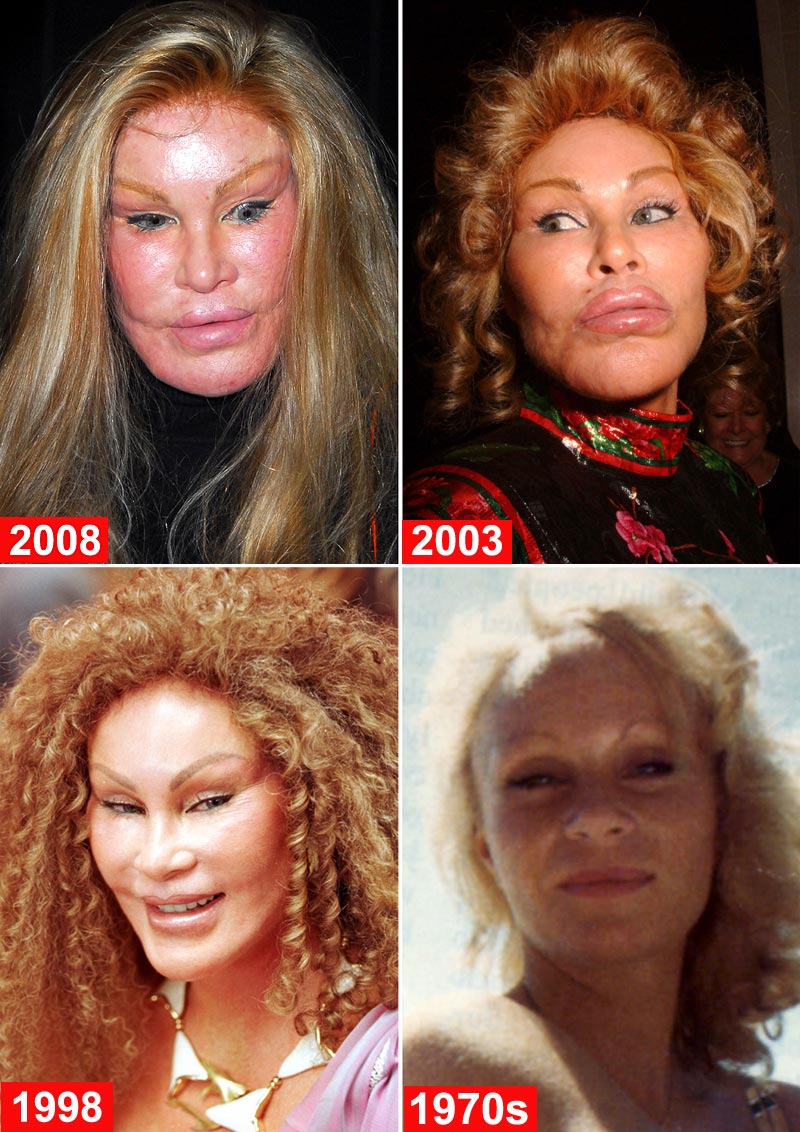
 In this approach, story system (system in part because multiple angles, multiple configurations, multiple modes of expression, etc. will be considered, and system because different parts are involved, a telling that is not a single narrative element, an unfolding that could be interactive, might not be expected to end, an unfolding that could be generative, etc.); in this approach, the story system will be considered as an organism, something that reacts to and responds to its environment, something that can grow, change, something that came into existence somehow, with or without intelligent design; an entity that is part of a community of possibly similar and possibly dissimilar entities/iterations (that community can be as local as the multicellular organism's own body and as distant as the superorganisms that form from interactions of multiple organisms, collective dependence), an entity made of different parts of various function that together form and/or behave like a single entity, such as the human body (a cooperative society of human cells and microbes). (human brain and global network image from principia cybernetica's article: the social superorganism and its global brain, generative manifesto image from generative.net)
In this approach, story system (system in part because multiple angles, multiple configurations, multiple modes of expression, etc. will be considered, and system because different parts are involved, a telling that is not a single narrative element, an unfolding that could be interactive, might not be expected to end, an unfolding that could be generative, etc.); in this approach, the story system will be considered as an organism, something that reacts to and responds to its environment, something that can grow, change, something that came into existence somehow, with or without intelligent design; an entity that is part of a community of possibly similar and possibly dissimilar entities/iterations (that community can be as local as the multicellular organism's own body and as distant as the superorganisms that form from interactions of multiple organisms, collective dependence), an entity made of different parts of various function that together form and/or behave like a single entity, such as the human body (a cooperative society of human cells and microbes). (human brain and global network image from principia cybernetica's article: the social superorganism and its global brain, generative manifesto image from generative.net) While the story body can be or seem relatively static, can be a moment or moment-sequence isolated for examination, focus, zooming in or zooming out for a time-stopped, frame-by-frame opportunity to study details, etc.), in this Limited Fork Theory approach to constructing a story body, the static study will have as part of its purpose the seeking of insight into the story system's dynamic forms, movement of idea, evolution of idea, etc; the purpose of discovery. A single aspect of the story system (just one tine) can be the focus of the story body you construct, with some nod to the aspect's role or participation in or relationship to a larger (or smaller) system. What you focus on in your story system can be the container of subsystems of the story body, and your focus in your story system can be contained by larger systems or subsystems of something even larger.
While the story body can be or seem relatively static, can be a moment or moment-sequence isolated for examination, focus, zooming in or zooming out for a time-stopped, frame-by-frame opportunity to study details, etc.), in this Limited Fork Theory approach to constructing a story body, the static study will have as part of its purpose the seeking of insight into the story system's dynamic forms, movement of idea, evolution of idea, etc; the purpose of discovery. A single aspect of the story system (just one tine) can be the focus of the story body you construct, with some nod to the aspect's role or participation in or relationship to a larger (or smaller) system. What you focus on in your story system can be the container of subsystems of the story body, and your focus in your story system can be contained by larger systems or subsystems of something even larger. So we'll be entering the story body (which is a system) somewhere, a story body that, on some scale, is in progress; we enter something ongoing, establishing a tine that despite how innovative or new it might seem is nevertheless connected to (in some way[s]), is rooted in the already-established, the in-progress [hence some of LFT's commitment to a collaborative nature of all things), the ongoing, interrupting connection somewhere else when we terminate the telling (the body then on its own to interact further with environment and habitat, so not necessarily or even likely to be the end of the story system from which we extract aspects that we shape,that we may split into subsystems, to emphasize in a system related to the ongoing content or subject system, but that is not the actual content or subject system that it might be without our interaction; a tine system of what we might call the actual). We intercept something ongoing when we begin the telling, and we depart from something that persists when we stop our telling.
Does our telling interact with that ongoing system? That is a strong possibility. In telling, a branch or tine of the subject of the telling is at least temporarily established. This subsystem has existence of its own, and mayor may not converge at times with the system to which the subsystem was attached. Could we change or could the system that is the subject of our telling change as a consequence of the interaction of telling the story system, of constructing the story body? That is another strong possibility. Again, the act of telling establishes itself as a subsystem of the subject system of the telling. The telling is not the subject but instead is a related tine, an extension of subject system that may explore the subject system in behaviors and scenarios that the subject system itself does not explore. During moments of our telling, the subject system goes on, perhaps perturbed somehow by interaction with a teller, some influence of a teller; something happens in order for a subject of a telling to become subject. This interaction in which subject becomes subject establishes location (moment) for the interaction, and in that hosting of interaction, a system of telling emerges, a system of telling related to the teller's existence prior to establishment of interaction with the subject and related to the subject's existence prior to establishment of (teller's awareness of) an interaction system with a teller; related to but not identical to prior existences of teller's systems and subject's systems. The same (apparently) subject system may interact with multiple tellers and participate in multiple systems of telling, on multiple scales.
 In building a story body, in part we are assemblers; we cobble stuff together from forms of existing stuff, and we can be somewhat reckless and bold in how we form rules and obstructions concerning what can, and what shouldn't be cobbled together, even if only in imagination. In essence, these story bodies may be considered hybrid forms, mutant entities, transformations, alternative species, variations, etc. We bring into existence that which we believe or come to believe warrants temporary emphasis, ideally with a perspective, angle, twist, etc. that differs subtly or profoundly from what already exists. in this way, contributing to a collective story body that through a mesh of connection and intersection, a mesh of tines that seems to fill in more, that seems to acquire density approaching (but not fully arriving) an apparent solidity that if actual might suggest that all connections have been made, all possibilities have been fulfilled, all angles have been visited, etc.
In building a story body, in part we are assemblers; we cobble stuff together from forms of existing stuff, and we can be somewhat reckless and bold in how we form rules and obstructions concerning what can, and what shouldn't be cobbled together, even if only in imagination. In essence, these story bodies may be considered hybrid forms, mutant entities, transformations, alternative species, variations, etc. We bring into existence that which we believe or come to believe warrants temporary emphasis, ideally with a perspective, angle, twist, etc. that differs subtly or profoundly from what already exists. in this way, contributing to a collective story body that through a mesh of connection and intersection, a mesh of tines that seems to fill in more, that seems to acquire density approaching (but not fully arriving) an apparent solidity that if actual might suggest that all connections have been made, all possibilities have been fulfilled, all angles have been visited, etc. Because of slippage through tines, challenges to forming the complete picture remain; there can be little or no certainty that nothing has fallen through, that everything has adhered to every possible tine in every limited fork and has been assembled in every possible form on every possible scale, including, for sake of completion all possible future forms. Even assembling a complete moment to which we (may believe we) have limited access across the planet will defy completion on all scales in all possible forms; there are gaps in what is known no matter how close we may have come (and oh the fascinating challenges to measure the distance —on all scales— of the fully assembled moment from an absolute completeness of a moment —in all its dimensions, including somehow acknowledgment of all imagined configurations of its completeness, including outcomes of generative configurations, and thoughts of the moment that embrace the past and future of the moment, antecedents and descendants). But even with a miraculous completion, what might emerge may contain more than what is assembled, the sum of the parts of the moment in interacting produce something more than a simple addition; interacting is more complex; some interactions enable tines of behavior, tines of form that are fueled by reactions that occur with the interactions —what Rima refers to as 1+1=3: that which is being added, that what is participating in the interaction and the outcome system that emerges from the interaction system.
 There's a touch of homage to Frankenstein here, a story system/body that embraces many tellings and modifications: visual, still, moving, sonic, tactile —many costume options (such as the options in the above image from fancy dress ideas), masks of various materials, skin paint, etc. meant to be temporary —though more permanent cosmetic surgery options exist, including peculiar assisted vanity operations (as shown in the image to the right of Jocelyn Wildenstein from The Daily Mail). Highly manipulated evolutions with intense visual impact without necessarily having direct genetic intervention to influence species change through natural or assisted breeding. Planned and unplanned, coerced or natural genetic mutation helps to produce that which, in departure from expectation and norms, seems monstrous, at least until advantages of the mutation become apparent. A possible monstrous outcome is a necessary risk if more ideal forms (from this tine of perception and that tine of perception) of mutation are to be attained. Various circumstances conspire (it might seem) or somehow align in order to support (temporarily) what emerges from the interaction system. That this happens can be extraordinary, mechanisms that resist maintenance of status quo, that resist, even if it seems pleasant and/or near perfect, permanence, that participate in change —by any means that are or become (tines that emerge, for instance, as consequences or outcomes of interactions) possible.
There's a touch of homage to Frankenstein here, a story system/body that embraces many tellings and modifications: visual, still, moving, sonic, tactile —many costume options (such as the options in the above image from fancy dress ideas), masks of various materials, skin paint, etc. meant to be temporary —though more permanent cosmetic surgery options exist, including peculiar assisted vanity operations (as shown in the image to the right of Jocelyn Wildenstein from The Daily Mail). Highly manipulated evolutions with intense visual impact without necessarily having direct genetic intervention to influence species change through natural or assisted breeding. Planned and unplanned, coerced or natural genetic mutation helps to produce that which, in departure from expectation and norms, seems monstrous, at least until advantages of the mutation become apparent. A possible monstrous outcome is a necessary risk if more ideal forms (from this tine of perception and that tine of perception) of mutation are to be attained. Various circumstances conspire (it might seem) or somehow align in order to support (temporarily) what emerges from the interaction system. That this happens can be extraordinary, mechanisms that resist maintenance of status quo, that resist, even if it seems pleasant and/or near perfect, permanence, that participate in change —by any means that are or become (tines that emerge, for instance, as consequences or outcomes of interactions) possible. That transformation is possible is celebrated in many instances of human-manipulated morphing. A redirection of a natural (without direct intervention) progression of form via deliberate structural manipulation whose outcomes may match or deviate (immediately or over time) from a target. Efforts to shape an inevitable change in appearance. Efforts to control inevitable change. To set inevitable tines of change in motion. To stop a tine of events from progressing along what may seem an inevitable path system to inevitable destinations. Of course, intentions and outcomes are systems that may converge and diverge along paths that themselves are systems of gestures and behaviors, shaping and being shaped by interactions with systems of variables on some scale in some location[s] for some duration[s] of time. ¡O for the love of variables!
James Whale's (a filmmaker who who once was a cobbler) 1931 cinematic achievement: Watch Dr. Frankenstein as the moment of achievement emerges in a temporarily ultimate configuration cobbled together from various parts, assembled from diverse sources yet IT'S ALIVE!
All of existence in involved at all times in telling the complex, compelling (I think), story systems of a shared existence system; all of existence is involved in this telling (an assembled involvement in this moment) even without consent or awareness of telling the story, which is to say that telling the story everything is telling
The moving architecture of existing, of meaning; the assembled story body that itself moves, dances, explores space, that actively tells a story can be explored in work by Theo Jansen, a kinetic sculptor (the Theo Jansen link is to a story system tine about the strandbeest moving in the video story tine of a strandbeest/Jansen collaboration system):
What follows is an assembled story system, a form of video collage story body system that, as described on the video story body's youtube page, is:
- footages of Heima Dvd
- footages of Theo Jansen docs
- footages of differents Sigur Ros clips
for the great song of Sigur ros
No comments:
Post a Comment